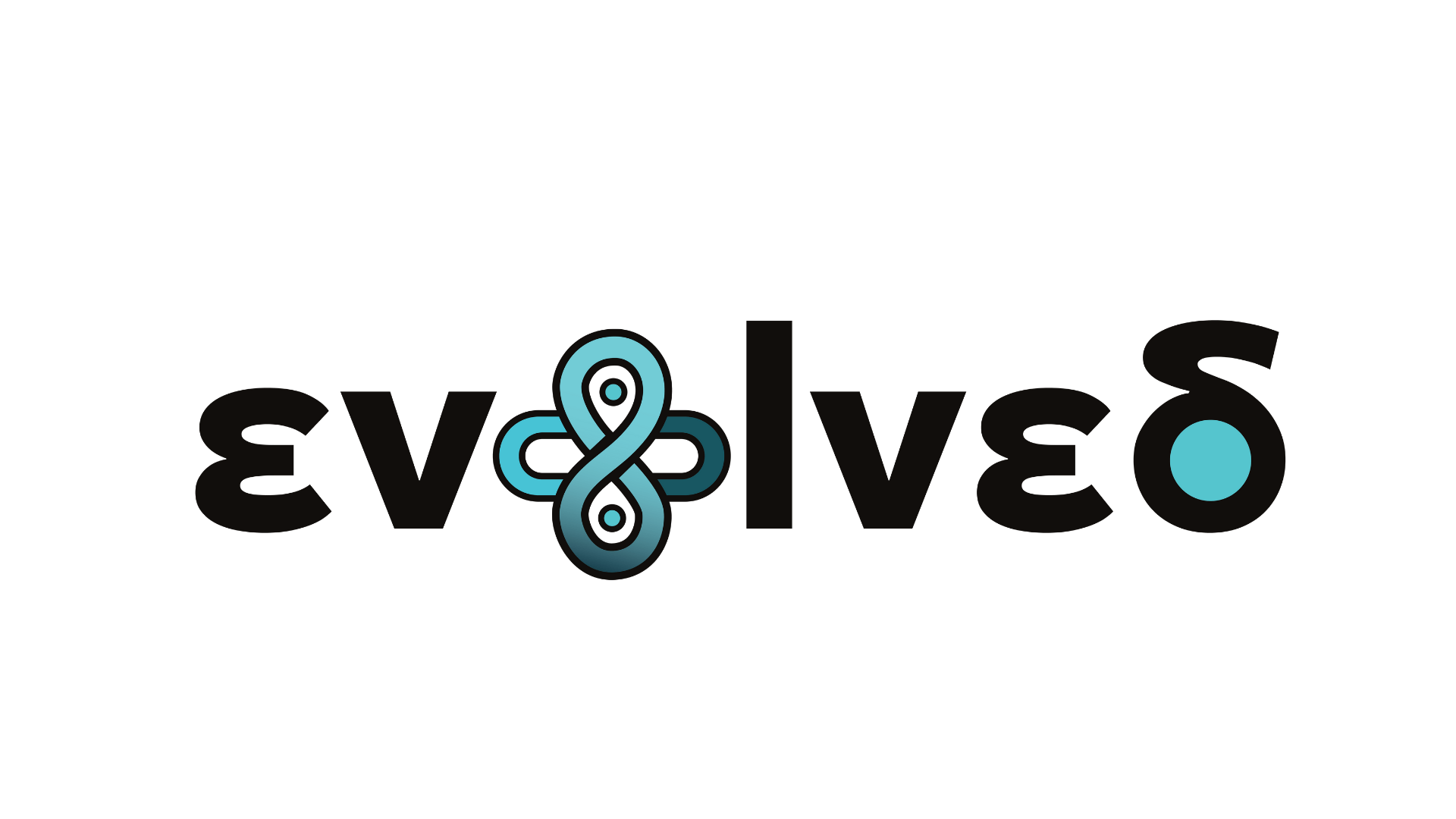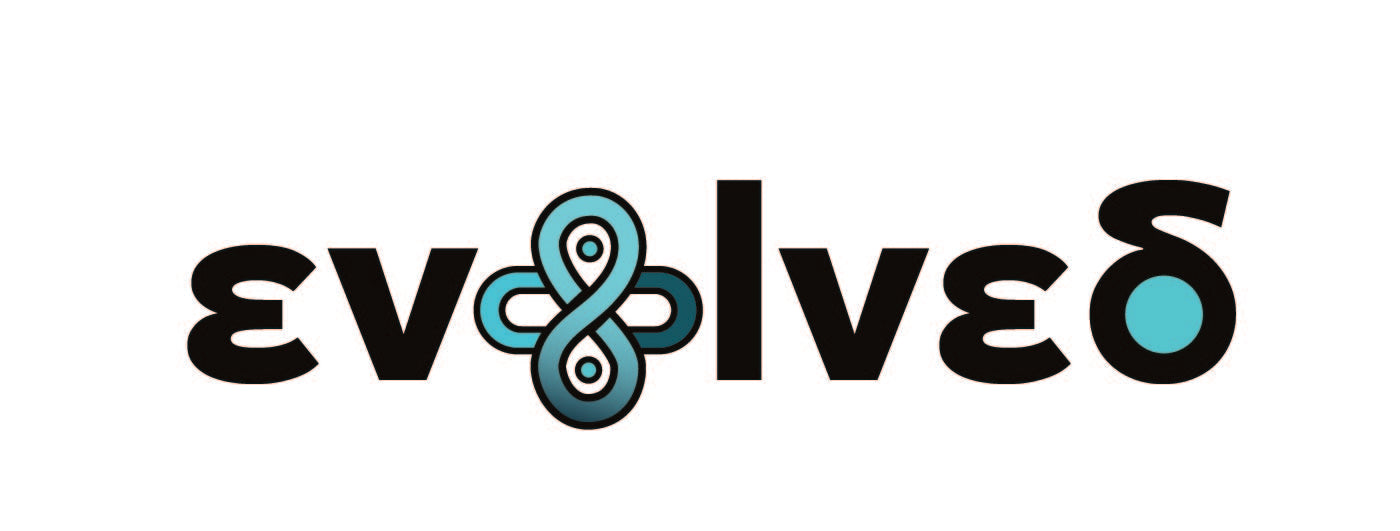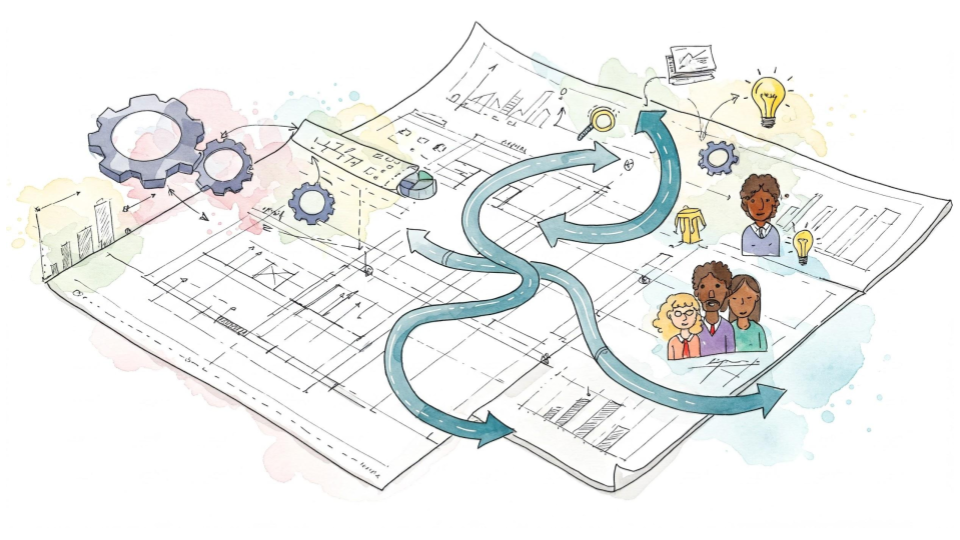Executive Summary for Multi-Module Executive Workshop Series (also in individual modules)
As a top executive, you face challenges affecting stakeholder satisfaction, strategic direction, execution, and overall company performance. This multi-module workshop series is designed to tackle these challenges directly, helping you lead your organization through uncertainty and toward lasting success.
You tried the shortcuts. You realize there is no escalator to success. You want the people around you to be comfortable with you, you to be there for them, and for them to be there for you.
There are no set recipes for how to do things, but we will give you proven ideas, principles, and success patterns to try out and see what works for you. Self-awareness, emergent learning, and adaptation are essential.
You can join one self-contained module, some modules, or the entire series. Some modules cover in-depth topics that others only lightly touch. The content is interconnected yet independent.
It has a mixed format:
-
Podcast discussions and interviews
-
Webinar discussions and interviews
-
Live stream discussions and interviews
-
Free In-person meetup with alpha/beta content
-
Live virtual or in-person training in central London (selected modules or the entire series) with larger audiences
-
More intimate live virtual or in-person training and a supportive community at Evolved (selected modules or the entire series)
As a top executive, maybe you suffer? But you can also dream.
-
On stakeholder satisfaction:
-
You grapple with internal or external dissatisfaction among your stakeholders. Picture this: customer delight and eager stakeholders making timely decisions.
-
Customer dissatisfaction is often predictable and avoidable. Visualize regular planning for predictable demand, such as what occurs around 'Black Friday' or 'back-to-school' season.
-
Stakeholders expect you to have all the answers, and they don't want to be part of the solution. Envision stakeholders playing a crucial role in evolving the change.
-
Consider the cost of delivering the wrong thing two-thirds of the time. Imagine a harvest of evidence acquired from small expenditures before making significant investments.
-
On quality:
-
'What is quality if you don't know who the customer is?'—Eric Ries. But you're overdoing quality during customer discovery. You don't have to dream about building quality in at the right time.
-
Or the opposite, quality is being underdone. The prototype you hacked into life is still alive many years later. Envisage yourself as the spark for people habitually 'cleaning the kitchen' or working on the long-term bypass.
-
You often overreact or underreact to a single instance of stakeholder feedback, and your 'fixes' make things worse. But you haven't noticed yet, as you lack the skills to decipher the signals from the noise. Visualize yourself as the extraordinary, suitably responsive executive.
-
On direction:
-
You and your team are confused about strategy, planning, and product strategy, leading to incoherent work. Can you envision a scenario where the distinction between strategy (where to play and how to win), outcome road mapping, and output planning (delegated to teams within a problem-solving framework) is crystal clear?
-
The various parts of the organization have misaligned objectives. Each department has its own initiatives underway, and over 70% of their work is unrelated to the corporate strategy. Teams are autonomous, often out of control, and throw dependencies over the wall without communication or acknowledgment. Self-management comes with responsibilities. Further, your reports' leadership style resembles that of a seagull. Picture yourself and your reports on the floor, not the balcony. See yourself and your reports in regular Genchi Genbutsu and Obeya sessions. That way, the truth has nowhere to hide, and your legacy can be preserved.
-
Despite our best efforts at communication, employees tend to focus more on the 'how' or the 'what,' often missing the crucial 'why.' Understanding the 'why' is vital, aligning everyone with the company's goals.
-
On dealing with emergence:
-
There also seems to be a lack of willingness to break wrong promises, and grit is often rewarded over quitting sub-optimal ideas. Imagine shifting from this way of thinking and behaving to ensuring your people consistently work towards the most promising solutions for the most critical outcomes.
-
Delivery is valued over supporting the change. For example, delivery was done in the usual old-fashioned, quality-cutting, unsustainable way. Heroes are called out, even the ones causing the most long-term damage to the organization. The long term sometimes infects the medium term and the short term. Don't let those chickens come home to roost. Picture this: there is no place in the organization for 'NoNo' or 'YesYes' people, and people are working together in teams, not competing against each other on a league table.
-
Have you ever spent $ 2 million without first running a $5,000 experiment to discover if it's worth building? We wore that T-shirt, too. In a humble Plan-Do-Study-Act cycle, consider learning from each other's mistakes and building new theories that we can test in our own contexts.
-
On connections and relating interpersonally:
-
Employees, including you, are fruitlessly trading their health for organizational speed. Would you and your employees like to feel more fulfilled?
-
Picture being able to foster engaged teams with ease.
-
Envision you are composed and balanced when the going gets tough.
-
Imagine speaking up for your truth with courage and feeling safe to ‘walk the talk.’
-
You're exhausted, and you cannot be there for your people. You're not inspired, so it's not easy to inspire others. Conceive a situation where you feel so resourceful that you can have that capacity to inspire, ‘hold’ people, and build relationships that matter.
-
On execution:
-
Execution misses the proverbial bullseye. Imagine all the people consistently learning or delivering regularly.
-
No one has a complete understanding of the big picture, and very few grasp how it all fits together. Imagine every initiative or portfolio has its own energetic Obeya.
-
Employees often fail to look beyond the current day, quarter, or year. Most managers focus on the past or the present rather than the future. In an ambidextrous organization, consider striking a balance between short-term and long-term objectives.
-
You realize that speed and execution are not everything. Even listening is not everything. Stakeholders often don't really know what they will buy. Conceive a more regular understanding of stakeholder needs and wants regarding what they do rather than what they say.
-
Your measurement system focuses more on the flow of outputs and activities. Instead, behold actualized value improvement.
-
On the enterprise level:
-
You're aware that team and scaling solutions often fall short. Instead of reheating yesterday's ideas from the competition, seek expert help to revamp and upgrade your strategies. With expert guidance, you can clean up and refurbish the proverbial kitchen, tools, skills, and ingredients for a healthier, more effective organizational diet.
-
Frustration is seeping in because outcomes are not being achieved or are being achieved too slowly. Your change agents are doing superficial things because that's all they can do without your deep support. You see reports of the number of 'agile' or 'product' teams up and running, but it's a proverbial river of brown stuff. Conceive an organization designed around the work using value-connected boards and interactions, or an organization design that facilitates easy delivery.
-
It's evident that systemic blockers or impediments have not been thoroughly researched, or if they have, it has been at a superficial level. A deep understanding of how the work works is crucial. Anticipate and eliminate blockers as a team of executives or empower teams to identify and address them independently.
-
You may or may not have noticed that no single approach can overcome your organization's systemic issues. You're beginning to realize that there is no magic pill. Organizational chefs recognize the value of having happy people serving happy stakeholders, including customers and users.
-
On measurement:
-
The organization is measuring the wrong things. The focus is solely on the 'what.' It's puzzling to see 'velocity' double, yet throughput halves. Even more concerning is the ability of peers to create their own narrative in a data-free zone.
-
If you're measuring, it's likely only what's easily quantifiable rather than the more complex aspects, like how well the proverbial baton passes through value streams. And crucially, the 'why' and 'for whom' are being overlooked. Visualize the tension between authentic metrics and counter-metrics that can detect gaming and imbalance early.
-
On motivation:
-
Know Yourself: The Reiss Motivation Profile® (RMP) helps discover what inspires people at work and in life.
-
Communicate Better: Understand what motivates others. Communicate more effectively and avoid misunderstandings.
-
Boost Self-Awareness: Gain insight into your personal values and priorities. Greatly enhance your decision-making skills.
-
Build Strong Teams: Bring together people with different motivational styles to create a stronger, more cohesive team.
-
Lead Effectively: Adapt your leadership style to fit team members' motivational drivers. Increase their engagement and overall productivity.
-
Manage Stress: Align work with people's motivations. Help reduce stress. Prevent burnout.
-
Encourage Lasting Change: Focus on internal motivations rather than external rewards. Attain more sustainable motivation.
-
Flexibility in Use: Utilized in various areas, including recruitment, coaching, team building, and organizational change.
-
Globally Relevant: The Reiss Motivation Profile is research-based and applicable across diverse cultures, making it a valuable tool for international teams.
-
On stakeholder engagement:
-
The value or convenience to stakeholders (including customers) is unclear. In your mind's eye, you see customer delight.
-
You don't feel like you're making a sufficient difference in society, including local communities. Envision leading with purpose, bringing people together, and making a difference.
-
Eighty percent of calls to call centers are about customers complaining, and employees are often burned out. This is caused by insufficient consideration of side effects. Imagine that most calls are about delighting stakeholders in other ways.
-
You receive unsolicited and unhelpful feedback. Envision receiving valuable feedback that propels you.
-
You're wearing a mask to save face and position. You feel like you need to be more productive, more engaging, etc. It is exhausting. Imagine thriving by being yourself, within reason. Imagine feeling you're good enough as you are.
-
On organization design:
-
Your organization bought a solution in a box rather than getting the right help; treat the ‘box’ as a toolbox and a set of defaults. It’s a long road; don’t let anyone fool you otherwise. Let’s reconstruct. Picture your intentionality for long-term change.
-
Or maybe you’re a ‘Spotify’ zombie. Your people ended up with ‘The Matrix Reloaded' and nothing like Henrik Kniberg’s fabulous videos. Your organization does not have Spotify’s culture of ultra-transparency or mantra ‘don’t let priority number three block priority number one.’ Let’s adopt profound change. Envision some rewards emerging already within one year.
-
Perhaps you think ‘WaterScrumFall’ or ‘Wagile’ is excellent. You may have already noticed quality and employee engagement going down the drain. Let’s throw away the ‘Kool-Aid’ and build quality in. Picture motivated people serving happy customers.
-
Or you might have a pre-scaleup situation. You realize that scaling bad stuff will grow bad stuff exponentially. Let’s clean up the kitchen now. Picture yourself being happy you sorted out the brown stuff to enable a healthy scale-up.
-
Maybe a famous author convinced you to use a rehashed model more akin to yesterday’s breakfast, implying that what happened elsewhere could also happen to you. Well, anything is possible. But all models are flawed. Let’s cut through the proverbial bull and discover an emergent approach. Let’s be determined and focused and avoid manifestos reloaded. Conceptualize employees using a first principles approach supported by proven patterns, so ‘we don’t reinvent the wheel.’|
-
On strategy deployment and emergence:
-
People complain about wishful thinking, as strategy does not address the limitations. It's about cascading over involvement while keeping coherence and alignment. We complain that strategies need to be realized and people need to be more engaged. Picture the collaborative and participative decomposition of a Corporate Strategy toward a direction of travel.
-
A deterministic strategy often results in underperformance, disengagement, slow and poor progress, misalignment, and individuals playing politics to their own advantage. Instead, visualize the decomposition of the direction of travel into outcome-oriented Objectives and Key Results (OKRs).
-
There is an inertia in organizing strategy deployment differently. Imagine possibilities–underpin the OKRs with Hypothesis or Output Experiments.
-
Avoid set and forget. Envision a disciplined, intentional Kata rhythm to check in on OKRs.
-
Your strategy is deterministic or prescriptive, designed by senior people behind closed doors, and later gets inflicted on the organization for execution. As it's not that linear, conceptualize a vector of change that captures coherent emergence. Inform strategy with learnings from collaborative and intentional discussions, quantified stakeholder needs and wants, result feedback, experiments, side-effects, and marketplace changes.
As with all my blog posts, articles, and other formal writing, this text was written manually. The image was created using AI.



Share:
Why now?
Unleashing Innovation: Practical Steps to Cultivate Creativity in Every Corner of Your Organization.